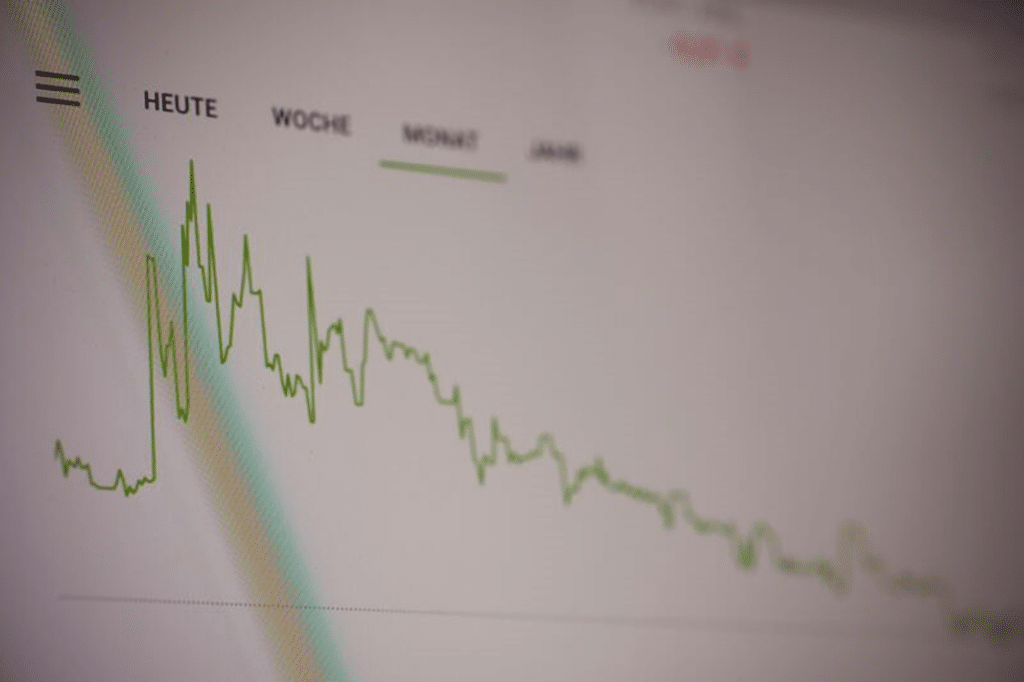Source: Unsplash
There are a whole host of tools available to traders and investors. Some of them are technology-based and charge high prices for their usage. Yet some are cheap and freely available, allowing investors to use their minds and knowledge instead of advice or automated services. One of these is the economic calendar and below, we give the events you should look for when using one.
What is the Economic Calendar?
The economic calendar is a dated list of events that are taking place around the world. These events are related to the performance of certain countries or economic unions. Their outcomes can impact the value and movements of markets or securities.
As a trader, the economic calendar can give you a very broad outlook. Many people use it to speculate on how the economy is performing. By predicting what these events will yield, they may be able to invest in stocks before announcements are made or sell ones, they think will lose value. Thus, the economic calendar is a great tool for getting an overview of future movements.
Inflation Rate

Source: Unsplash
The inflation rate impacts every single area of a country’s economy and has repercussions that are even further reaching. It is generally tied to economic cycles. When an economy grows, more money is spent. As demand is high, prices can be raised and the rate of inflation increases. Many central banks can attempt to control inflation by changing short and long-term interest rates, which can increase or decrease borrowing and saving.
It is vital to investors as over the long term, it can reduce the value of savings and investments. Returns on investments must keep up with the rate of inflation, or they risk getting a negative return. To assist with this, economic calendars will often have the dates of when countries announce various reports on inflation. These are usually broken down into month-on-month, year-on-year and core inflation rates.
Unemployment Rate
The level of unemployment in a country has a marked impact on its GDP. It is also a great indicator of how that country is performing, based on business confidence and its economic outlook.
At its most basic, a high unemployment rate means that a large number of people are living without economic stability. Thus, it can be up to the country’s government to provide for their basic needs. This costs money and if it is not done, it can result in civil unrest or worst. As the citizens have very little disposable income, the demand for goods decreases and the economy shrinks. This can also bring prices down. High unemployment trades can be good in some instances. With prices coming down, it can be a great place for manufacturers to set up shop or to buy goods.
A low unemployment rate signals the opposite. The country has a high number of people with financial security who are earning money. This means they have a disposable income and demand increases, pushing the economy further.
Looking at unemployment rates as a trader can help predict what a central bank will do with interest rates. The ideal rate for unemployment is between 3.5% and 4.5% for a solid economic expansion. if this goes up then it is not uncommon for interest rates to be cut in an attempt to stimulate the weakening economy.
Retail Sales
Retail sales are a statistic that tracks the demand for consumer goods in a country. When people have a disposable income and lots of goods are being produced, retail sales will be high. When it comes to a contracting economy, people tend to spend less as demand drops.
The different areas of retail are combined into separate reports. Generally, they exist in the realm of durable and non-durable goods and the report will cover a specified period. This can further be broken down into subcategories such as food, new cars and clothing.
It is worth noting that retail sales will not be of interest to all investors. They are great if you have invested in companies that sell goods. If you have long-term stable assets like bonds, they are only really positive if retail sales fall and people gravitate towards them, raising the value of a bond.
Balance of Trade
The balance of trade is a metric that shows the value of a country’s exports concerning its imports over a given period. A positive balance shows that the country has a trade surplus, while a negative one shows a deficit.
Neither of these should be viewed as good or bad, as both have positive and negative consequences. Powerhouses like the United States have constant deficits because of the large numbers of goods they export. As a trader or investor, instead of looking at it to predict the economic state of a country you should use it to judge other factors. These may include domestic industries, the cost of raw materials and international relations.
By no means are these the only factors on the economic calendar. Make sure you study it carefully, picking up the events and countries that may impact your portfolio. Combine this with other tactics and advice and you may make some solid investments.
The post Key Events on the Economic Calendar appeared first on Tweak Your Biz.


0 Commentaires